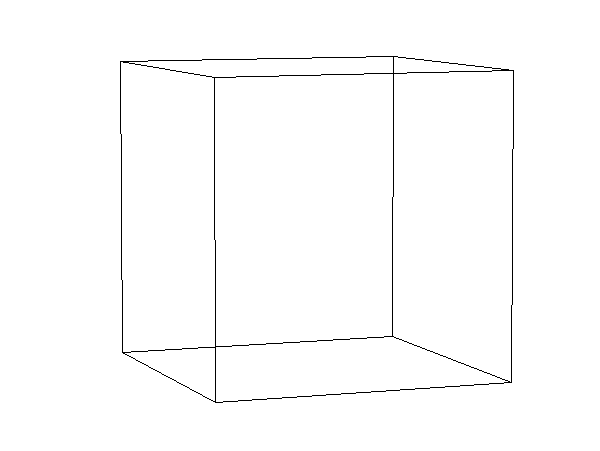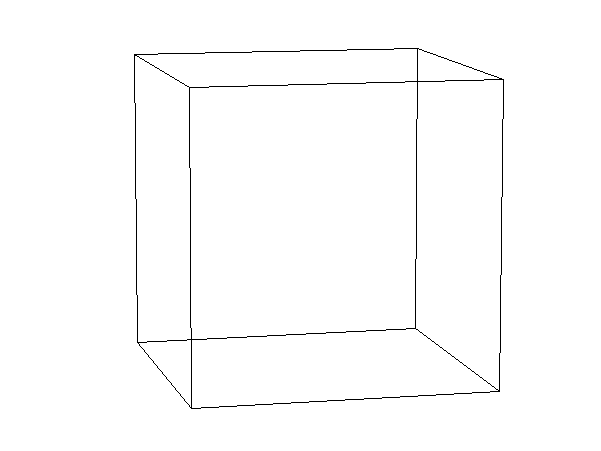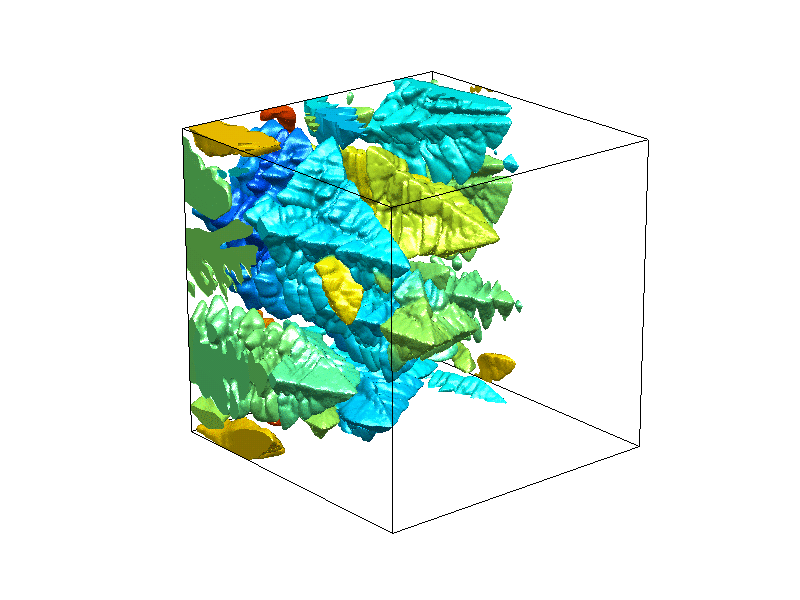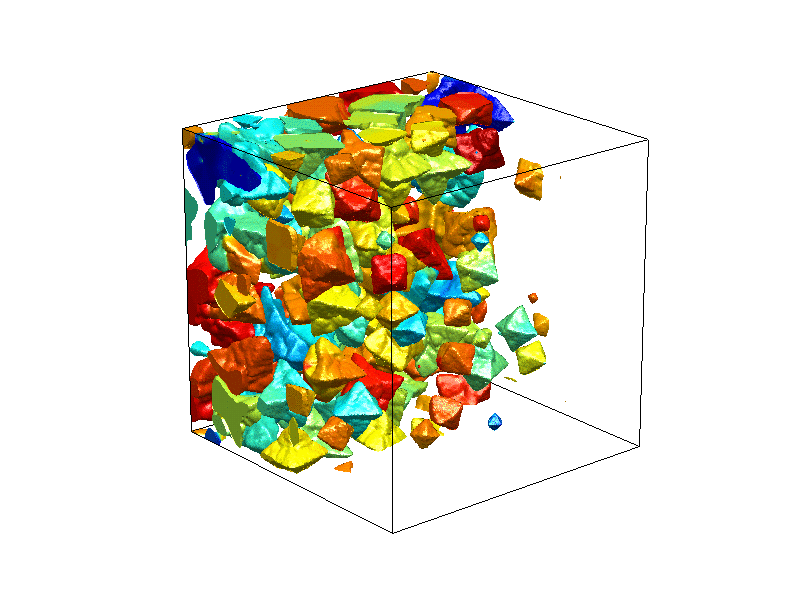Gránásy László,a,b Tóth Gyula I.,c James A. Warren,d Podmaniczky Frigyes,a Tegze György,a Rátkai László,a Pusztai Tamás a
a Wigner Research Centre for Physics, P.O. Box 49, H-1525 Budapest, Hungary
b Brunel Centre of Advanced Solidification Technology, Brunel University, Uxbridge, Middlesex UB8 3PH, UK
c Department of Mathematical Sciences, Loughborough University, Loughborough, Leicestershire LE11 3TU, UK
d National Institute of Standards and Technology, Gaithersburg, Maryland 20899, USA
In a recent article appeared in the prestigious journal Progress in Materials Science (impact factor 23.725), researchers from the Wigner Research Centre for Physics (Hungary), the Loughborough University (UK), and the National Institute of Standards and Technology (US) critically review how phase-field theoretical studies contributed to the understanding of crystal nucleation in undercooled liquids.
The crystallization of ideally pure liquids cooled below their melting point starts with homogeneous crystal nucleation, a process in which random molecular motions lead to the formation of crystal-like seeds that able to grow to macroscopic sizes. This process is normally assisted by the presence of foreign surfaces (container walls, foreign particles, etc.), in which case it is termed heterogeneous nucleation. These phenomena are of great interest for various branches of science including physical chemistry, materials science, biophysics, geophysics, cryobiology, atmospheric sciences, etc., and play crucial role in a range of materials processing technologies, and may even offer means for influencing the formation of clouds and methods for climate engineering.
Modelling of crystal nucleation has a long history. The applied approaches range from discrete atomistic simulations to continuum models. Among these, the phase-field approaches became the method of choice, when the description of complex solidification structures is required. In this review paper, the application of the mesoscale and molecular scale phase-field models to nucleation problems is covered in a historical order, illuminating the increasing predictive power of the models developed as the research progressed. A broad range of phenomena are addressed including various stages of pre-nucleation ordering in liquids, two- and multistep nucleation processes, the effect of metastable critical points, nucleation in eutectic and phase separating systems, phase selection via competing nucleation processes, the transition between the growth controlled cellular and the nucleation dominated equiaxed solidification, and the structural aspects of growth front nucleation, in which crystal grains of new crystallographic orientations appear at the growth front leading to the formation of crystal sheaves and spherulites.
In addition to the 58 figures in the publication, the potential of phase field modelling in this area is illustrated by computer animations displaying simulations performed by the Wigner team (see Animations 1 – 4).
1a


1b 1c
Animation 1: Modelling of crystal nucleation: (a) Molecular dynamics simulation for undercooled Lennard-Jones liquid. The liquid atoms are transparent. Those atoms that have face centred cubic neighbourhood are coloured green, whereas the pink ones sit in a neighbourhood of hexagonal close packed structure. Note that a large number of crystal defects (stacking faults, twinning lines, etc.) form in the crystalline clusters. (b) Homogeneous nucleation and growth of rhombic dodecahedral crystals. (c) Nucleation of dendritic growth in a binary alloy (Ni-Cu).


2a 2b
Animation 2: Phase-field modelling of microstructures forming in Al-Ti alloy on the mesoscale. (a) Columnar, (b) equiaxed structures.

3a


3b 3c
Animation 3: Heterogeneous nucleation in the mesoscale phase-field model at foreign surfaces under boundary conditions that ensure contact angles of (a) 30, (b) 90, and (c) 120 degrees at the solid-liquid-foreign wall trijunction.

Animation 4: Structural analysis of two-step crystal nucleation in molecular scale phase-field modelling. The white, red, and green colours denote amorphous local structure, medium range crystallike structural order, and base centred cubic crystal, respectively.
Link to the original paper: https://www.sciencedirect.com/science/article/pii/S0079642519300453
This work was supported by the "Frontline" excellence programme of the National Research, Development and Innovation Office (Hungary) under contract no. KKP-126749.



